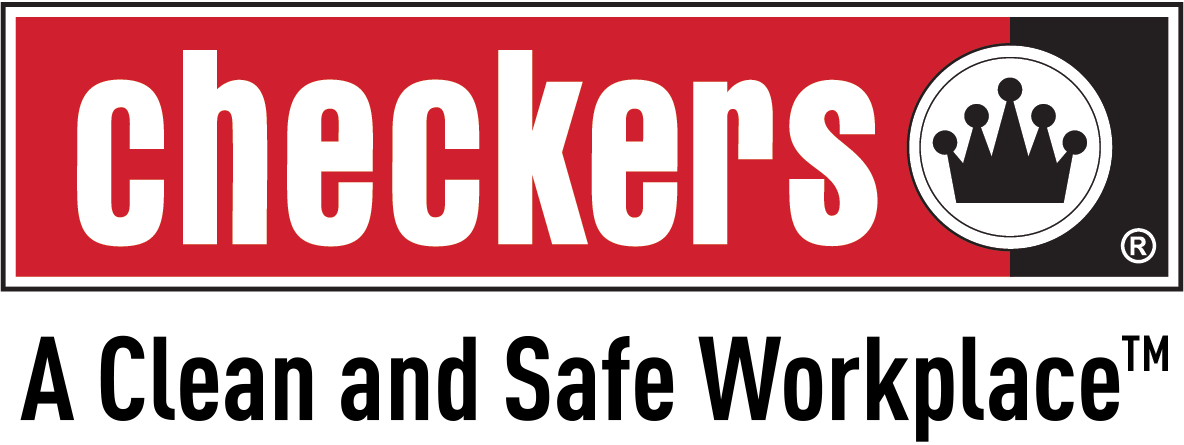
Types of Alcohol We Use In Our Products And Why (Part 2): Ethanol
Just a few years ago at the height of the Coronademic, isopropyl alcohol (which we wrote about last month) was one of the most sought after ingredients to help curb the pandemic. It was needed worldwide for hand sanitizer and products for disinfecting surfaces, but it became impossible for manufacturers to keep up with the increase in demand. And isopropyl alcohol was not just needed for those products – pharmaceuticals, cosmetics, health and beauty goods, soaps, window cleaning solutions, some antifreeze preparations, and dye and lacquer formulas also experienced interruptions in supply.
New “recipes” to make crucial hand sanitizers and disinfecting products were needed, as well as a way to increase production of the raw materials and the finished items. Enter ethanol! More than just being the alcohol that can be safely drunk (pun intended), ethyl alcohol (ethanol) was clutch in the situation of Earth’s population at that time. As you may remember, some distilleries reconfigured their production lines to use their key ingredient to produce hand sanitizer instead and manufacturers of sanitizers for surfaces switched to ethanol. We already knew the effectiveness and benefits of ethyl alcohol, and we use it in many of our products, including Checkers Alcohol Sanitizing Wipes (conveniently available in 270 or 450 wipes per container) and Pro Clean 70% Alcohol Hand Sanitizer Gel.
To learn more about the molecular structure and very interesting and important-to-know chemical attributes of alcohol, you can read our May 2023 blog post. We’d like to share here one very crucial consideration when it comes to any kind of alcohol – because most are colorless and liquid at room temperature they resemble water, so the importance of clearly and accurately labeling any container or solution that contains alcohol cannot be overstated. We are proud of our product labels and take great care to make sure they have all the information you need to safely use our products.
Grain alcohol, or Everclear as it is most commonly known, is the strongest ethanol made. In Canada, it can only be purchased by permit, and is mostly for medical use by doctors. At 190 proof (95% alcohol), there are several states in America that do not even allow it to be sold (and even though the law can’t really do much about consumption of Everclear, that is against the law in some places too). Grain alcohol is commonly used to strip oils and beneficial compounds from plants to make concentrated forms that are easier to use. Most ethyl alcohol sold in stores has a more reasonable concentration that makes consuming it a bit easier, but that doesn’t prevent ‘whiskey face’ or some folks needing a chaser after taking a swig.
Ethanol can be made using home distillation, a process that is technically illegal in Canada (unless you have a license to do so). Something as simple as fruit juice or the fruit itself can be fermented to make wine; and corn, wheat, barley, or rye can be processed into ethanol using a relatively simple process and a few other ingredients.
Bonus Fact! Have you ever been to a party or event and seen Sterno cans aflame under the chafing dishes? This gelled product is actually a mix of methanol (another kind of alcohol), ethanol, and calcium acetate. At least it isn’t sloshy liquid alcohol that can be easily spilled, but these little cans still have an open flame, so it’s best to be very careful (probably why most chafing dish sets come with a designated holder that the Sterno sits in.
We invite you to check out our entire line of available products – we know we have the right options for your needs. Please contact us if you have any questions!

